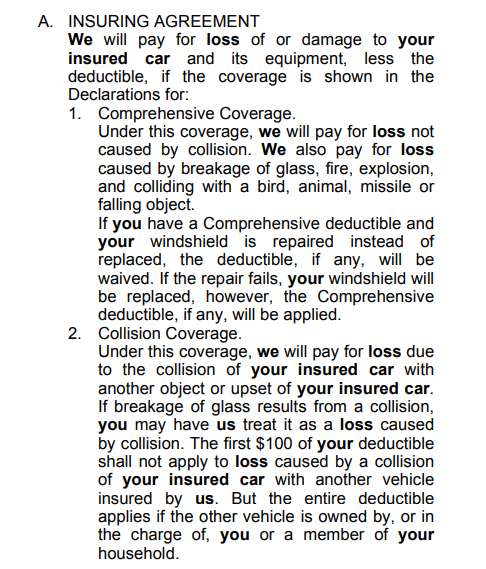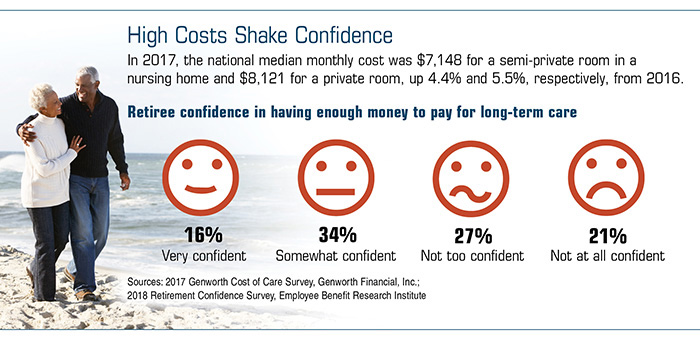Getting The Pacific Prime To Work
Getting The Pacific Prime To Work
Blog Article
Some Known Questions About Pacific Prime.
Table of ContentsOur Pacific Prime PDFsPacific Prime for BeginnersThe 6-Second Trick For Pacific PrimePacific Prime Can Be Fun For Anyone
In the majority of states, the insurance provider is called for to send you a duplicate of the adjustments to your policy. It is vital that you review Endorsements or Riders so you comprehend how your plan has transformed and if the policy is still sufficient to satisfy your demands. To get a duplicate of your insurance coverage, please call your insurance agent or company.
The Institute of Medicine (IOM) Committee on the Repercussions of Uninsurance launches an extended exam of proof that addresses the value of health and wellness insurance policy protection with the publication of this report. Coverage Issues is the initial in a collection of 6 reports that will be provided over the next two years documenting the reality and consequences of having an estimated 40 million individuals in the USA without health insurance policy coverage.

4 Easy Facts About Pacific Prime Shown
The objective of this series of studies is to redouble plan focus on a longstanding issue. Adhering to the longest financial expansion in American background, in 1999, an estimated one out of every 6 Americans32 million grownups under the age of 65 and even more than 10 million childrenremains uninsured (Mills, 2000).

10 percent of the population make up 70 percent of healthcare expenditures, a correlation that has continued to be continuous over the previous 3 decades (Berk and Monheit, 2001) - international health insurance. Hence health insurance coverage proceeds to serve the function of spreading danger even as it increasingly finances regular treatment. From the viewpoint of healthcare suppliers, insurance brought by their patients assists protect a profits stream, and areas gain from monetarily practical and secure health and wellness treatment experts and establishments
Government offers health and wellness insurance to populations whom the private market may not serve effectively, such as handicapped and seniors, and populaces whose accessibility to healthcare is socially valued, such as youngsters and pregnant women. The supreme ends of health insurance policy coverage for the private and areas, consisting of office areas of staff members and employers, are improved health results and top quality of life.
Getting My Pacific Prime To Work
Workers rate medical insurance first without a doubt in relevance among all the advantages provided in the office (Salisbury, 2001). Although there have actually been sizable investments of personal and public funds to give medical insurance, many individuals still have no coverage. In spite of comprehensive coverage of survey findings and healthcare study results, the basic public stays confused and misinformed concerning Americans without health insurance coverage and the implications of lacking insurance coverage.

Without doubt, the intricacy of American healthcare financing devices and the wealth of sources of information contribute to the general public's confusion and skepticism about health and wellness insurance statistics and their interpretation. This report and those that will comply with aim to distill and provide in conveniently reasonable terms the comprehensive study that bears on questions of medical insurance coverage and its value.
Fifty-seven percent of Americans questioned in 1999 believed that those without wellness insurance are "able to get the care they need from doctors and healthcare facilities" (Blendon et al., 1999, p. 207). In 1993, when nationwide interest was concentrated on the troubles of the without insurance and on pending healthcare regulations, just 43 percent of those surveyed held this belief (Blendon et al., 1999).

They also get fewer precautionary services and are less likely to have regular care for persistent conditions such as hypertension and diabetes. Chronic conditions can result in pricey and disabling complications if they are not well taken care of (Lurie et al., 1984; Lurie et al., 1986; Ayanian et al., 2000). One national study asked greater than 3,400 adults concerning 15 very severe or dark conditions.
The Buzz on Pacific Prime
Additional evidence exists later on in this phase in the conversation of insurance policy and access to health and wellness care. https://fliphtml5.com/homepage/odsej/pacificpr1me/. People without health and wellness insurance coverage are young and healthy and choose to go without protection. Practically fifty percent (43 percent) of those checked in 2000 thought that individuals without medical insurance are more likely to have health issue than individuals with insurance coverage
Voters and policy manufacturers in focus group conversations define those without insurance policy as youngsters who have the possibility to be covered and feel they do not need it (Porter Novelli, 2001). Contrasted to those with at the very least some private protection, the uninsured are much less likely to report remaining in outstanding or really good wellness (Agency for Health Care Research and Top Quality, 2001).
SOURCE: Center for Price and Financing Research Studies, Agency for Medical Care Research Study and Top quality, based upon MEPS information. Youthful adults between 19 and 34 are much more most likely to do not have medical insurance than any various other age. This is chiefly due to the fact that they are less frequently qualified for employment-based insurance policy as a result of the nature of their task or their brief period in it.
The perception that people without insurance policy have better-than-average wellness follows from puzzling the relatively young age account of the without insurance with the better wellness, on average, of more youthful individuals. This covers the link between health and wellness condition and see page wellness insurance. For those without access to work environment wellness insurance policy, inadequate health is a potential barrier to buying nongroup coverage because such coverage may be extremely priced, leave out pre-existing conditions, or be just not available.
Report this page